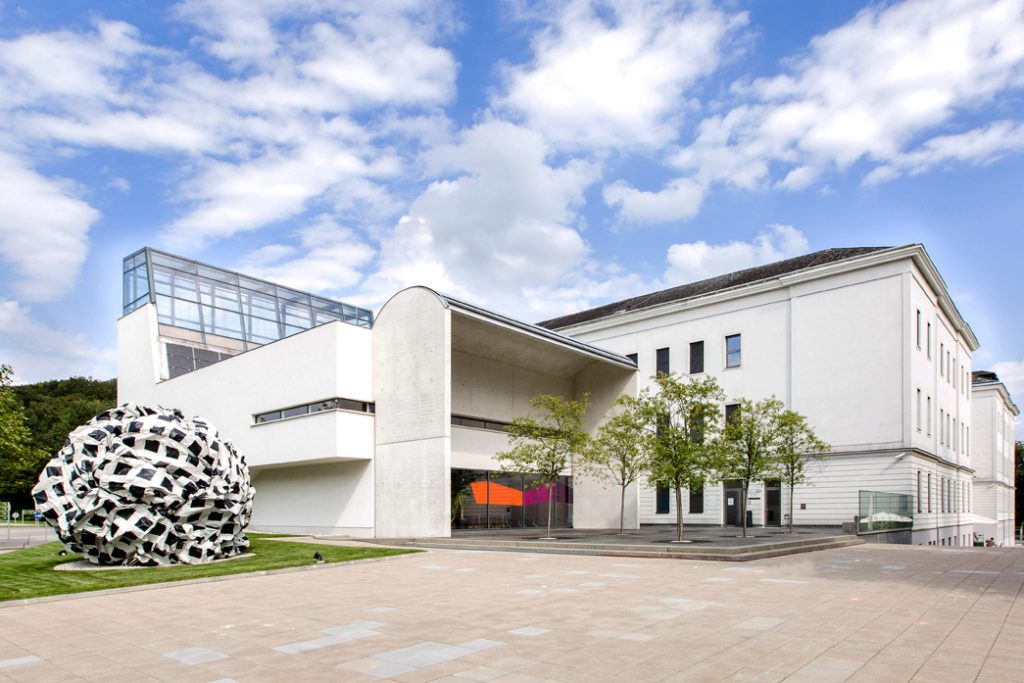September 27, 2017
15th Meeting of the Austrian Neuroscience Association held at the Institute of Science and Technology Austria a success
Sigismund Huck elected President of ANA | 193 registered participants gathered at IST Austria
This year’s host of the biannual meeting of the Austrian Neuroscience Association (ANA) was the Institute of Science and Technology Austria (IST Austria), a young research institute dedicated to curiosity-driven basic research, located in Klosterneuburg near Vienna. The Institute, which was founded in 2009, has become the home institution of several renowned researchers in neuroscience, and for this week, has invited scientists from all over the world to the 15th ANA Meeting. With 193 registered participants discussing a broad range of topics from molecular to systemic, and from basic to applied neuroscience, the congress was a great success. During the ANA General Assembly, which took place within the framework of the meeting, Sigismund Huck from the Medical University Vienna was elected President of ANA.
“The high number of participants and the cutting-edge research presented at this meeting demonstrates that neuroscience is a very active research area in Austria and that a lot of progress is being made”, comments Peter Jonas, co-organizer of the meeting and professor at IST Austria. Thomas Henzinger, the President of IST Austria, also pointed out the historical significance of holding the meeting at IST Austria during his welcome words to the participants: “Until 10 years ago, the main building of IST Austria harbored patients with various neurological and psychiatric diseases. It is interesting to see how basic neuroscience research is starting to impact our strategies for the treatment of these diseases.”
Highlights of the congress included the plenary lectures by invited speakers: Andreas Luethi from the FMI in Basel, Switzerland, talked about “Deconstructing fear”, Gilles Laurent from the MPI for Brain Research in Frankfurt, Germany, gave a plenary lecture entitled “From evolution to computation”, Michael Häusser from UC London, Great Britain, presented “All-optical interrogation of neural circuits”, Ghislaine Dehaene‐Lambertz from the Neurospin Institute Gif‐sur‐Yvette/Paris, France, addressed the question “What does brain imaging reveal on infants’ cognition?“, Fiona Doetsch from the University of Basel, Switzerland, reported on “Stem cell dynamics in the adult brain”, and Claire Wyart from ICM– Hôpital Pitié Salpêtrière in Paris, France, shed “Light on an ancestral sensory interface linking cerebrospinal fluid to motor circuits in vertebrates.”
Another highlight was the Otto-Loewi-Award Ceremony during which this prestigious prize in neuroscience was awarded to Ruth Drdla-Schutting, Associate Professor at the Center for Brain Research of the Medical University of Vienna, for her work on mechanisms of pain in the spinal cord in general and of pathological pain in particular.




